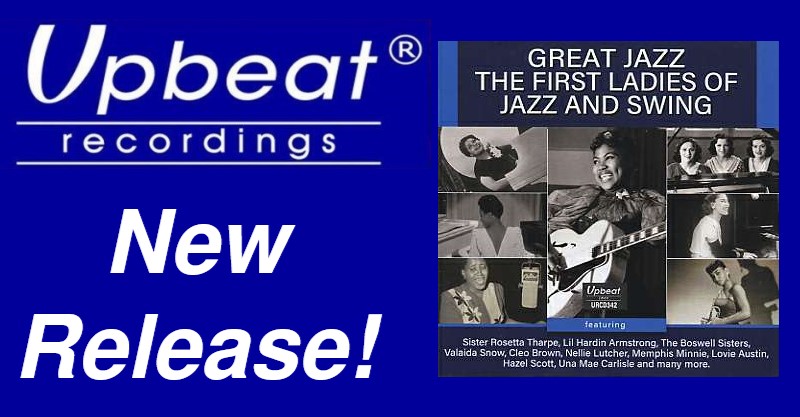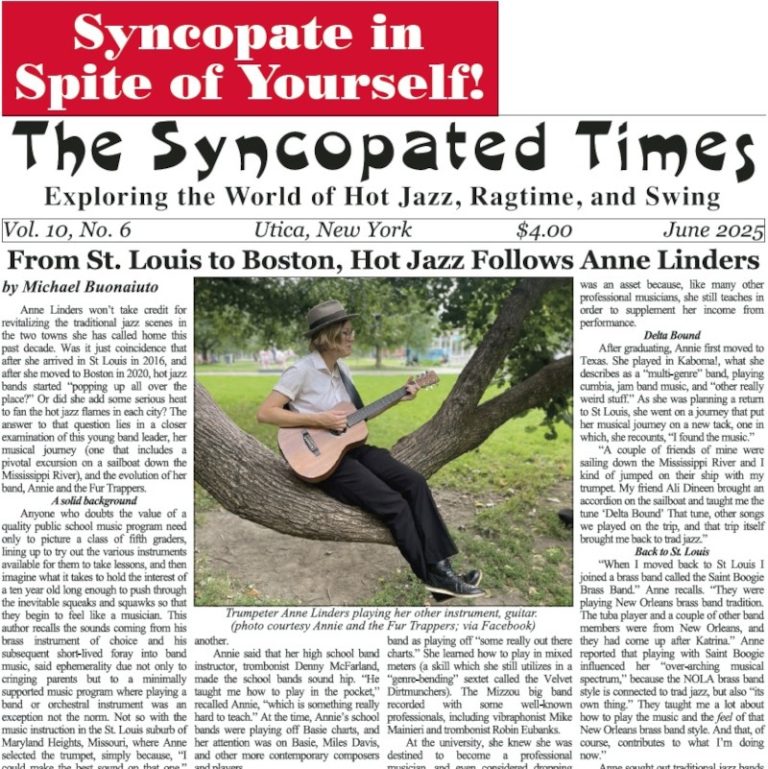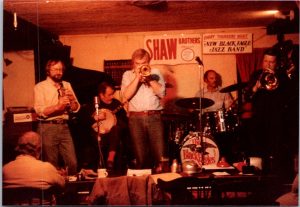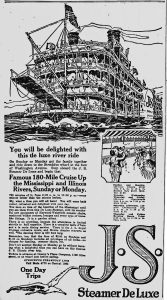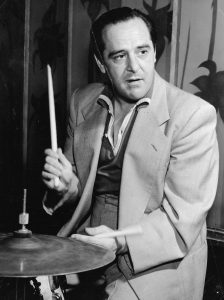“… One afternoon, back in Port of Spain, Trinidad, I met four scientists in a bar, they were on their way to West Africa to study a type of parasitic worm which attacks the eyeballs of human beings and turns them into blind men. At the time I was avoiding my two friends Mighty Avenger and King Sedition – two old calypsonians from the 1930s who had begun a campaign to get me into the upcoming stick fighting competition after an impromptu display by me of natural aptitude with a snooker cue late one evening.
We drank rum ’til late in the night, I sang every old-time blues I had ever known, calypsos, and requests from my four new friends. By the end of the night I had christened their boat ‘The Mississippi song-O’ and decided to join them on their journey, across the Atlantic and into West Africa. This is how I ended up with the dreaded Jungle Blues.”
So writes C.W. Stoneking, Australian songwriter, singer, guitarist, banjo player and all-around entertainer as an introduction to Jungle Blues, the second of his three official albums. If this sounds like an excerpt from a cheap ’30s newsstand novel with cartoonish illustrations, then be assured that is exactly the effect he is going for.
With his potpourri of blues, Dixieland, swing, calypso and musical shades in-between, and his humorous, vaudevillian stage presence, he is a modern-day R. Crumb, pleasing devoted fans in Australia and around the world.
Play any of the three official Stoneking albums, and you’ll hear what sounds like a selection of obscure blues, Dixieland or calypso songs. The real thing hidden until now on some old 78 rpm records, or maybe highly accurate covers of unearthed obscurities. You’d be wrong.
All the songs are Stoneking originals that are so doused in the musical genres he is exploring that they sound exactly as if they were written in the time period you connect them with. And they are played to an almost perfection by C.W. and his five piece band.
The only time Stoneking recorded material by artists that inspired him was on Mississippi and Piedmont Blues 1927-1941, a semi-official album that was sold only at his concerts. There he covered blues giants like Sleepy John Estes and Blind Willie McTell, but also lesser known artists like Bobby Grant and Geeshie Wiley. Comparing the music on his albums to his others, it is hard to make a distinction between the covers and originals.
As Stoneking said in an interview from 2011, “I ain’t from the past so it couldn’t possibly be from there. It ain’t bits of old music sticky-taped together, it’s all made up fresh.” In another interview to a Dutch journalist, he said that he fell in love with this music when he heard a Living With The Blues compilation in his father’s record collection:
“When I first heard it I thought it was kinda funny music because it was so deconstructed and not really adhering to any rules that I’d been told music (should) fit into.”And the key lies in the fact that his music sounds both old and fresh and the same time, quite an accomplishment from an artist who can only ‘just’ have a sense of the roots of the music he is playing.
Humor, Fun, and Cartoons Done Seriously
 The element that prevails on Stoneking’s releases, and even more so in his live performances, is his sense of humor. With his tongue firmly stuck in cheek he colors everything in cartoon-like characters, trying to add some other shades of color to the Blues. That initially didn’t go down well with some listeners, who thought the insistence on the Hokum imagery that characterized his first album, King Hokum, might be too much. But put into context, his albums and his stage act show love for the source material.
The element that prevails on Stoneking’s releases, and even more so in his live performances, is his sense of humor. With his tongue firmly stuck in cheek he colors everything in cartoon-like characters, trying to add some other shades of color to the Blues. That initially didn’t go down well with some listeners, who thought the insistence on the Hokum imagery that characterized his first album, King Hokum, might be too much. But put into context, his albums and his stage act show love for the source material.
A Guardian review of one of his London shows described him as, “a droll entertainer with a flair for making old-times sounds into party music for the present”. No wonder Stoneking appeared on a recent album by Jack White, another musical revivalist very popular with a younger generation of listeners. Nor is it any surprise that he even took a tour of zoo’s (like in the place with animals) in his native Australia.
But the story does not end there. Throughout the three albums there is an obvious sense of progression, or should that be regression? Actually, it seems that Stoneking is going both ways.
King Hokum, his debut album is like a tour of early Twentieth century roots music and jazz, as it progresses you get a feel you are approaching The Great Depression. While the opener “Way Around The World” or “She’s A Bread Baker” sound like undiscovered Delta Blues gems, “Don’t Go Dancing Down The Darktown Strutter’s Ball” and “You Took My Thing And Put It In Your Place” are picture-perfect sound images of the risqué jazz so characteristic of the Twenties.
Jungle Blues, Stoneking’s sophomore release, alternates between New Orleans brass, as on the title song, and marvelous early calypso numbers like “Brave Son of America”. All the tunes on the album are doused in 30s style and videos for the songs feature garish comic strip imagery characteristic of the period. While the playing on the first album was accomplished but a bit restrained, on Jungle Blues it is in full swing, and tailor-made of Stoneking’s stage act.
With with his first two albums Stoneking created a sense that he is taking slow, evolutionary steps through American roots and jazz music. With Gon’ Boogaloo, he throws in a couple of wrenches to mix things up.
The introductory “How Long” brings in the sound of an electric guitar, and Mr. C.W. shuffles from the Forties to early Sixties with the calypso of “The Zombie”, Cab Calloway sound of “Going To The Floor” (all with the electric guitar in tow), ska of “The Thing I Done”, early rock ’n’ roll of “The Jungle Swing”, Fifties crooning of “On a Desert Isle” or the boogaloo of the album’s title track.
What is even more interesting about the album is that Stoneking abandoned the modern production values used on Jungle Blues, and crams this musical cornucopia he spent six years preparing into a two-day live in studio recording session that used only two microphones and an old 2-track recording machine.
Stoneking insists that all his lyrics, despite their humor, exotica, and comic strip images, are based on his personal experiences. As he puts it, “I work better with something to hang it on. I can run free with the metaphors in there and it doesn’t come out sounding preachy.”
C.W. Stoneking through his music makes the definition of past and present quite relative, a question can be posed- where to from here? The answer seems to be anywhere and everywhere at the same time, as long as it is connected to the roots in some way. As C.W. Stoneking has shown so far, you must expect the expected, and the unexpected.
Hailing from the Netherlands, Ljubinko Zivkovic is a freelance writer contributing to numerous publications including Echoes and Dust, SoundBlab and Spill Magazine.




